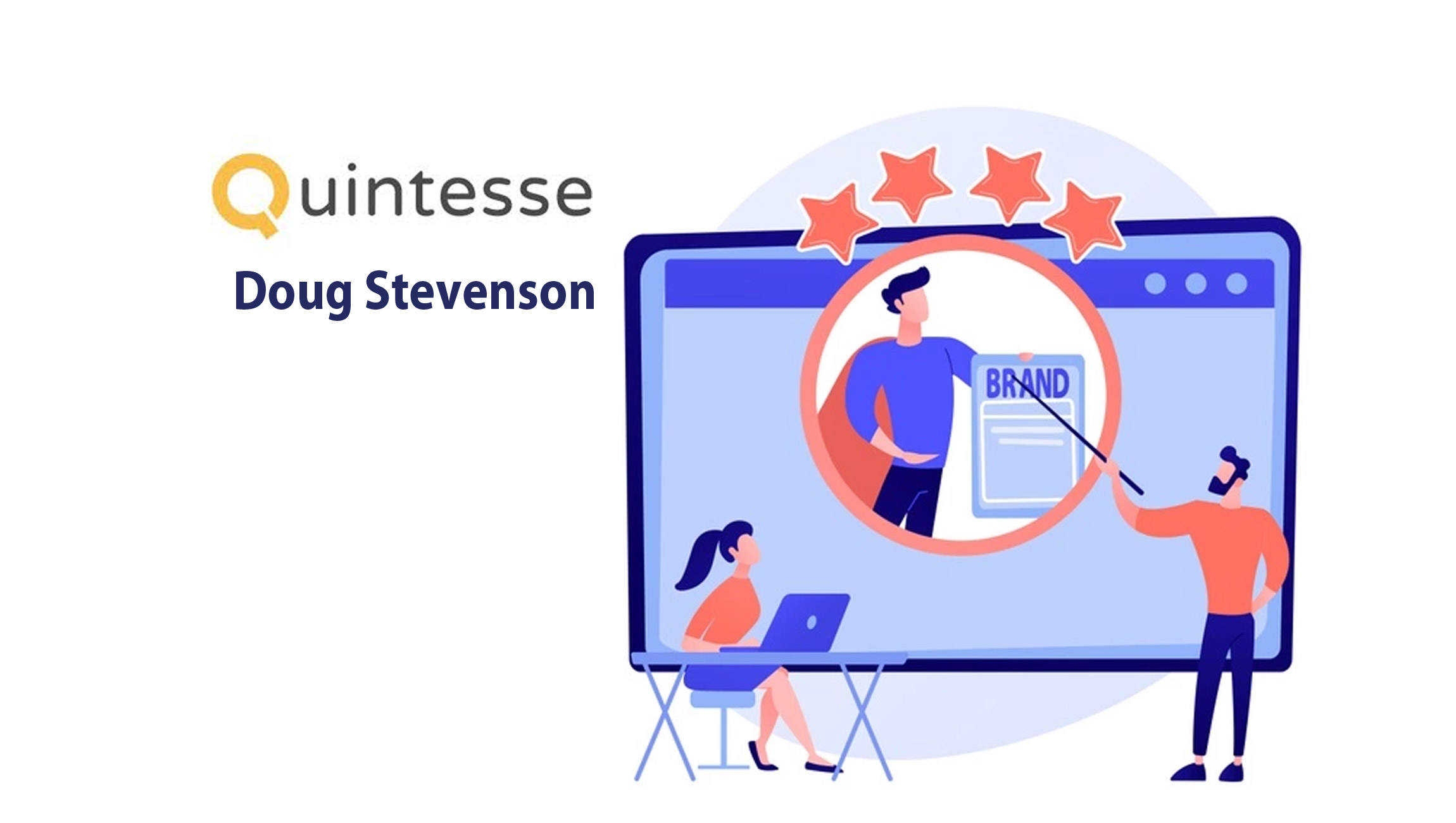Most effective ad campaigns have one thing in common — they’re relatable. When your consumers relate to your messaging, they’ll pay attention. If your content doesn’t connect with their lives, it makes it nearly impossible for them to engage with your message and brand.
Recent research on brand relatability from FCS and Brand Cap analyzed how consumers connect with brands across four key attributes:
- Competence: Whether audiences think the brand is credible
- Empathy: Does the brand demonstrate that it understands consumer needs
- Character: Does the brand act in a way that reflects their values
- Confidence: Is this a brand consumers trust and rely on
A relatable brand voice is developed through the collection of words and messages that spur competence, empathy, character and confidence from the brand’s target audience. This can only be accomplished when you have a deep understanding of the words you are using to communicate about your brand, the products as well as the company’s mission and values.
This is why a curated content graph is a critical cornerstone for any organization. It is the vital first step for optimizing content that is relatable, captures and holds consumer attention to ultimately drive maximum marketing return.
Marketing Technology News: Ada Places No. 19 on the Globe and Mail’s Third-Annual Ranking of Canada’s Top Growing Companies
Which Words Best Represent Your Brand
A custom content graph requires you spend the time to think through the words that inspire relatability from your customers. You need to first articulate a deep understanding of your brand, your products and the words that best represent each.
When creating a content graph, in addition to the words that define your brand, products, mission and values, each organization should be able to identify specific themes that resonate with their consumers. During this unique time while marketers still have access to audience-based insights, marketers can build contextual intelligence that is a cornerstone for its content graph. By identifying the relatable and relevant content that the brand’s customers choose to spend time with online, the advertiser shapes its content graph. This custom content taxonomy should influence messaging, creative as well as marketing strategies that best connect your brand with the content your target market cares about most.
When Contextual Intelligence Impacts Product and Services
A growing concern about the environment is relatable and resonates with a wide span of consumers. Issues like the volume of plastic waste in the sea, global warming and sustainable business practices are increasingly important. To address consumers’ environmental concern in an authentic and impactful way, leading brands are using their insights into their customers’ concerns to reimagine their products in ways that meet sustainability goals, particularly in terms of carbon footprints.
For example, Procter & Gamble (P&G) Ariel laundry detergent is committed to decarbonize laundry across the value chain. The P&G product development team ensured that Ariel is able to efficiently clean clothes at lower washing machine temperatures. Ariel’s pan-European campaign in partnership with National Geographic, “Every Degree Makes a Difference,” encourages all consumers to lower their washing temperatures since 60% of laundry’s carbon footprint in Europe is caused by washing with warm or hot water.
Strategically aligned with editorial content that resonates with consumers who care about nature and environmental issues, this campaign not only educates to drive a positive change for our planet, but it also builds positive brand affinity with the consumers who relate to wanting to make a change.
Volkswagen is another global organization that has committed to decarbonizing with its goal that 50% of its vehicle sales will be electric by 2030 – such as the Porsche Taycan. Since the Taycan buyer is younger, lives in an urban area, likes design, architecture and all forms of technology, the Porsche marketing team would likely fill its content graph with themes that relate to these interests. For example, aligning with content in Architectural Digest that highlights modern architecture in cities which have a high-population of millennial HENRYs could be a valuable strategy for relating to their target market.
Marketing Technology News: MarTech Interview with Paul Ross, VP of Marketing at Affinity
Content Optimization
Once a content graph is in place, most marketing teams still need to build a definitive content optimization plan. This includes creating messaging and copy that is drawn from your custom taxonomy. Content may vary and adapt across channels, but your word graph should drive messaging and creative assets for all advertising platforms.
As our digital lifestyles expand, attracting and holding an audience is challenging. Yet, it’s more critical than ever before.
A content optimization strategy based on a custom content graph makes the tone of your messaging feel like friendly advice from someone you can trust. Today’s top advertisers retain consumer interest by composing relatable, timely messages and delivering them in environments that align with the brand. A custom content graph is your first step toward consistently relating with your customers and driving sales.
Marketing Technology News: Actionable Data is a Marketing Advantage – 3 Steps to Create A Data-Driven Culture
About Quintesse:
Quintesse is the advanced contextual targeting platform that uses bidstream analysis to offer unprecedented scale, a deeper understanding of brand suitability and curated, custom brand marketplaces.
With 21 years of experience and 13 patents in contextual technologies, Quintesse utilizes natural language processing (NLP) and a sophisticated lemmatization method to deliver the most comprehensive and accurate understanding of content for privacy-safe targeting across 38 languages. Brands and agency customers can leverage the platform as a self-service or managed-service.




